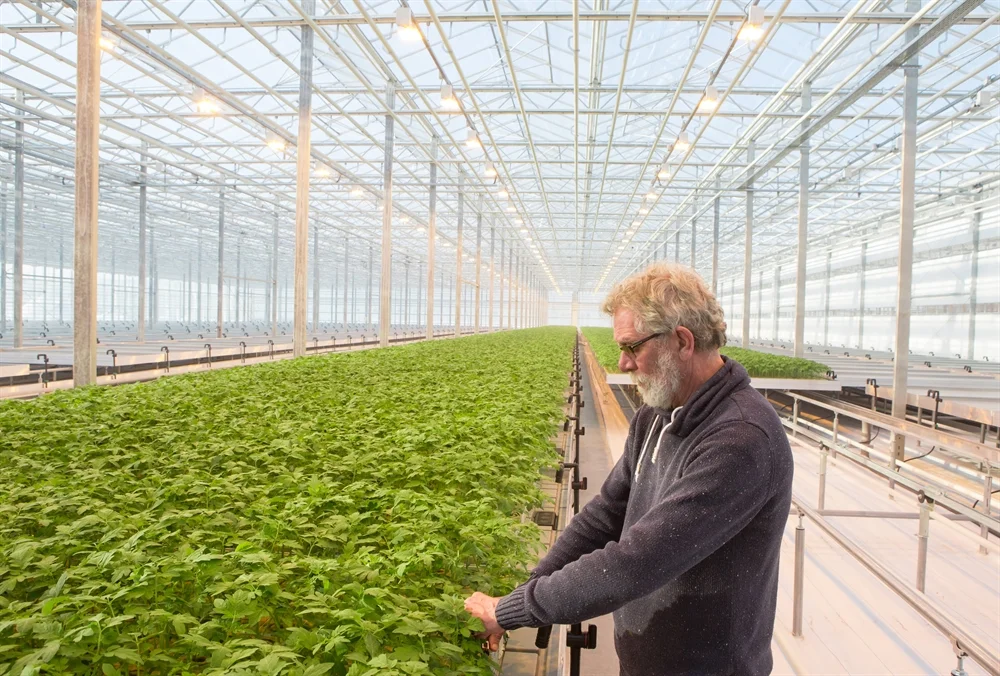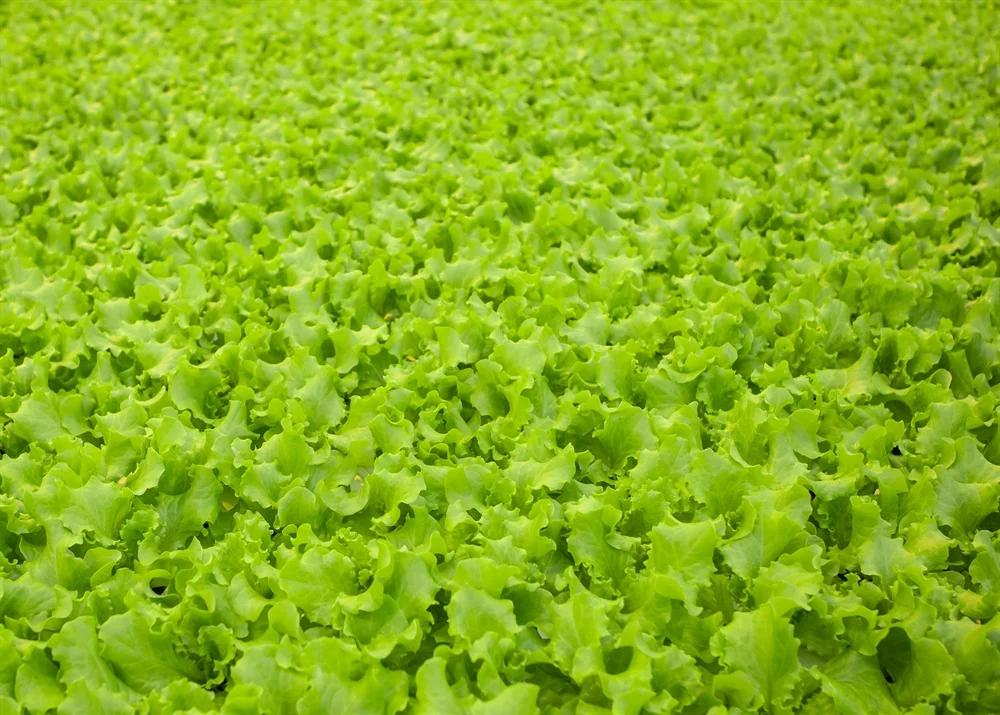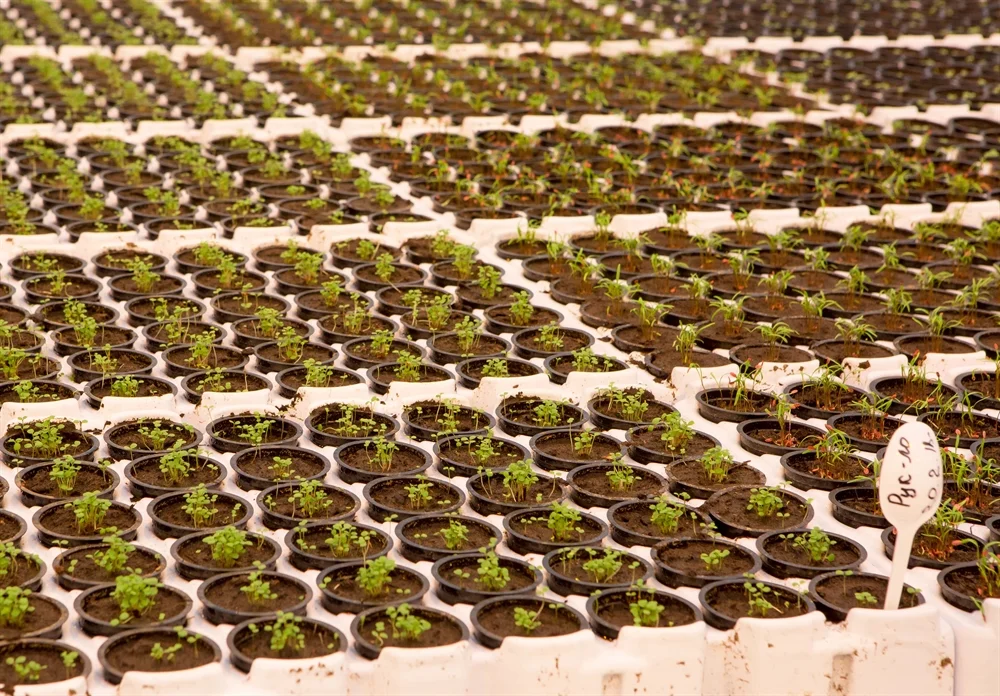KDV Built A Greenhouse Complex For 2.7 Billion Rubles In The Kemerovo Region
KDV Built A Greenhouse Complex For 2.7 Billion Rubles In The Kemerovo Region
TV2
03/01/2018
Tomsk Holding "KDV-Group" opened a modern greenhouse complex in the Yashkinsky District of the Kemerovo Region. For the enterprise, this is a technical launch, necessary to verify the operation of all systems.
"Yashkinskiye Teplitsy" LLC is one of the largest specialized enterprises beyond the Urals, which brings the process of growing vegetables to a new higher level, - the KDV-Group press service reports.
Yashkinsky greenhouses | Photo: KDV-Group
The greenhouse complex is built from scratch. The total area of the enterprise is 9.8 hectares.
The implementation of the "KDV-Group" project took two years and more than 2.7 billion rubles.
KDV Yashkinsky Teplitsy LLC is an autonomous enterprise with high-tech production. To ensure the life of the complex works Energocenter, in its composition - gas piston plants that produce electricity, heat, and gas boilers provide greenhouses with heat and carbon dioxide, so necessary for plants.
Water for production needs comes from its own well. To clean it, a reverse osmosis plant is used to bring the water quality to the desired level. For pouring rainwater near the greenhouses, two storage ponds are organized.
The greenhouses are built on Dutch technology. Equipment that makes it possible to grow quality and delicious vegetables, greens, preserving the maximum of useful substances - German and Finnish. - The general director of the enterprise Alexey Rogov told.
Photo: KDV-Group
In the new modern greenhouse complex, the greenery is grown on a peat substrate, adopting the Finnish technology of flow hydroponics. The technology makes it possible to automate the growing process as much as possible, ensuring a high level of product quality.
Vegetables are grown using technology of low-volume hydroponics. Cucumbers and tomatoes grow not in the ground, but on a special mineral-like substrate, into which, with the help of droppers, the macro and microelements necessary for the plant come in, " Vladimir Bulanov, agronist of Yashkinsky Teplits, explains . - When the plant is in a natural environment, there may be a shortage, an excess of substances, pests and temperature changes pose a threat. Using this technology allows you to monitor and regulate the conditions for growing vegetables. For example, to ensure that the root system is fed with the necessary composition for a balanced growth, the plant nutrition regime is automatically set, which ensures the need for future cucumbers and tomatoes in nutrients.
The microclimate is automated - we set the necessary temperature, humidity, water temperature for irrigation, as well as the concentration of carbon dioxide in the air , the most favorable for photosynthesis, the intensity and duration of illumination, "Bulanov added.
The high degree of automation of "Yashkinskiye Teplits" concerns not only the plant care system, but also the whole equipment of the greenhouse complex. In particular, in the seedling department of greenhouses, where tomato seedlings are already being prepared for planting, the sections of the line can move, as if in a "patchwork" game.
In "Yashkinsky Teplice" they expect that by creating modern production, the enterprise can grow from one square meter per year: more than 65 kg of tomatoes, about 100 kg of cucumbers, not less than 60 kg of greens.
Now in "Yashkinsky Teplice" planted seedlings (for 50 thousand plants) of tomatoes and cucumbers, which occupies an area of 2 hectares for each crop, respectively. In general, these vegetables are provided with a space of 4 hectares.
1 hectare is intended for growing seedlings and greens: lettuce, dill, basil, parsley, and arugula - these plants are already gaining strength and in the very near future will go on sale.
The first harvest in "Yashkinsky Teplice" will be picked up in a week: by March 8, a brighter salad will be delivered to the network "Brighter!". By the way, all modern vegetables and greenery will be grown all year round only for this trade network.
At full production capacity - and this is not less than 7 thousand tons of fresh vegetables annually, the company plans to leave in the fall of 2018.







